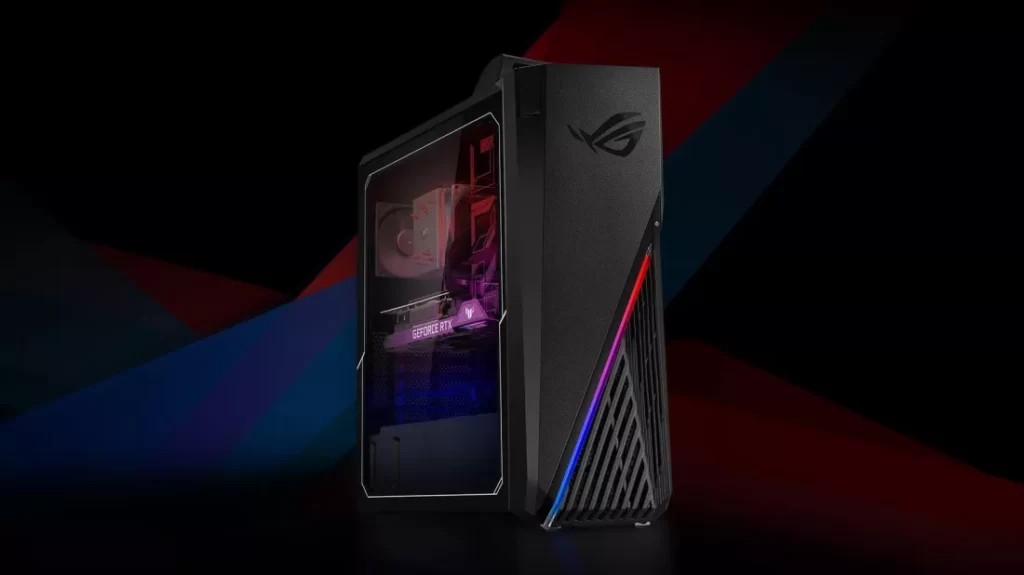The worldwide market has been impatiently awaiting the availability of Intel’s Arc A380 since its June release in China. System integrators like Asus and MSI are getting ready for its release as Intel’s marketing campaign comes to a close.
The option to configure a couple of Asus’ desktop computers with the Arc Alchemist A380 GPU has been added to the company’s revised US website. It oversells one of them, the horribly titled ROG Strix GT15 G15; it describes the A380 as “esports competition” capable despite the fact that it hardly qualifies, and it oddly ranks the A380 higher than the Nvidia RTX 3080 and other GPUs in its infographics.
The business-oriented Expert Center D7 Tower is the second system. Thanks to Asus, it is advertised as a machine for editing and rendering videos. Due to the supposed hardware-accelerated AV1 encoding capabilities of the A380, Asus markets it as a system for video editing and rendering. That again seems a little generous, but who knows, perhaps the A380’s encoding will set records.

According to what we know so far, the A380 is a GPU that is intended for entry-level computers. Although it has a respectable 6 GB of GDDR6, it doesn’t have much power. Early evaluations from China indicate a marginal performance advantage over the AMD RX 6500 XT and Nvidia GTX 1650. When it does, it’s expected to cost between $130 and $150, which would be slightly less than the competition.
An expert leaker claims that MSI has begun to list the Arc A380 alongside a suitable entry-level office computer. The comparably potent GTX 1650 and GT 1030, as well as the Arc Alchemist A310, which is expected to contain 4 GB of GDDR6 and cost about $100, can also be added to MSI’s system (DDR4).
It appears that Intel is beginning to ship some of its GPUs to system integrators. Although there isn’t a set release date yet, Intel hasn’t been silent about the first Arc GPUs it will be releasing.
It could be because Intel is having trouble with drivers. The business tried and failed to quickly transform the integrated GPU drivers it had into discrete GPU drivers, causing delays, Intel CEO Pat Gelsinger said last week. Even so, it’s preferable than releasing a flawed and incomplete product.


